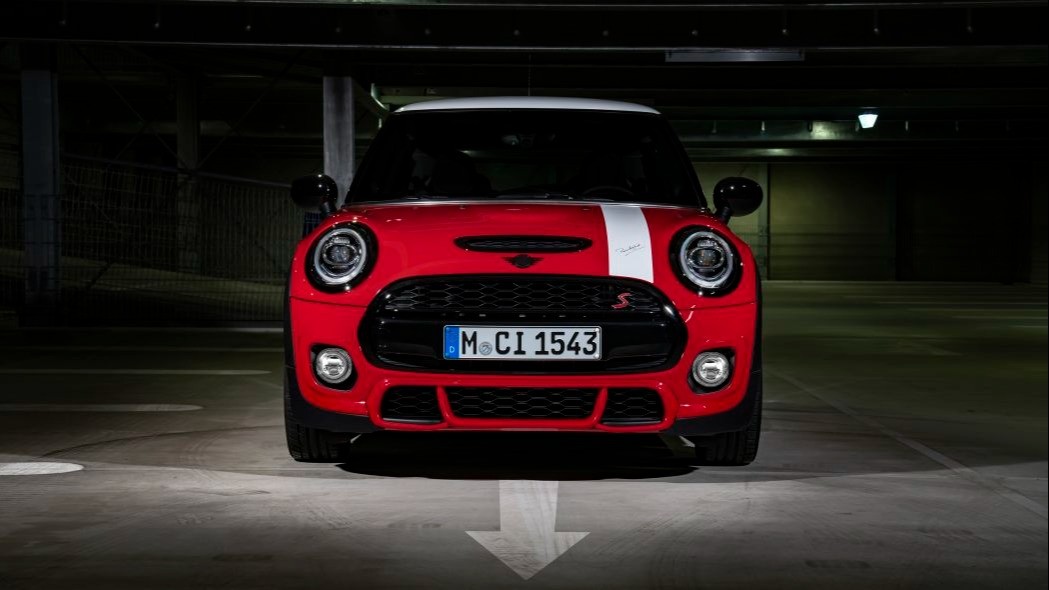Mini celebrates its first Monte-Carlo victory
Mini's newest special-edition model is a tribute to a victory that was as unexpected as it was significant. Northern Irish pilot...

Mini celebrates its first Monte-Carlo victory
Mini's newest special-edition model is a tribute to a victory that was as unexpected as it was significant. Northern Irish pilot Paddy Hopkirk won the 1964 edition of the Monte-Carlo Rally in a Cooper S, impressively beating far more powerful cars, and the two-door 2021 Hardtop Cooper S Paddy Hopkirk Edition celebrates this victory.
Fittingly, every Paddy Hopkirk Edition is finished in Chili Red with a white roof, a combination that echoes Hopkirk's 1964 model (pictured below). 37 decals on both doors create another visual link between 2020 and 1964. Mini also added 17-inch alloy wheels, black trim all around, and a white hood stripe that served as a blank canvas. Look closely: it features 33 EJB graphics (the winning car's registration number) and Hopkirk's signature.
His signature also appears on the hatch, on the sill plates, and on the right side of the dashboard. LED headlights, keyless entry, black interior trim, and a leather-wrapped three-spoke steering wheel come standard.
There are no mechanical modifications, meaning the Paddy Hopkirk edition is powered by a turbocharged, 2.0-liter four-cylinder that delivers 189 horsepower and 207 lb-ft of torque. It spins the front wheels via a six-speed manual transmission, though a seven-speed dual-clutch automatic gearbox is offered at an extra cost.
Mini dealers across the United States will begin receiving the Cooper S Paddy Hopkirk Edition in November 2020. It's one of two special-edition models joining the range for 2021; the second is the heritage-laced Coral Red Edition. Pricing hasn't been released yet.
"Production is planned for November and December of this year," said a Mini spokesperson, "with a very limited number expected for the U.S. market. Only a few hundred."
Sir Alec Issigonis envisioned the original Mini as a practical, budget-friendly alternative to bubble cars, not as a rally-dominating machine, but the pocket-sized four-seater quickly proved its mettle on the track. Accomplished engineer John Cooper built the first Mini Cooper in 1959, the year the standard model was released in England, though it was a one-off prototype. Bolstered by a ballooning aftermarket scene, even amateur enthusiasts experimented with ways to extract more power out of the small four-cylinder and fine-tune the car's handling. It took less than a decade for the Mini to become a force to reckon with at races on both sides of the Atlantic.
